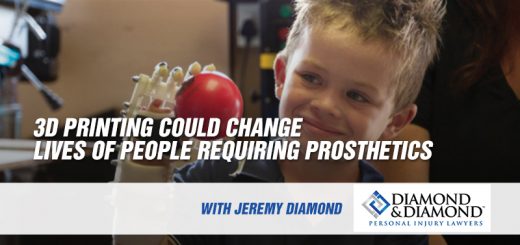In Canada alone, 30 to 60,000 people die each year because of hospital error or hospital acquired infection. Thousands more suffer unnecessary injury and disability that can impact the rest of their lives. Mistakes happen, especially in an overburdened and understaffed system that is charged with the well-being of the whole of the Canadian population. However, just because you’re not a doctor doesn’t mean that your health management is completely out of your hands. In fact, recent trends show that patient advocacy and empowerment is an important part of a well-functioning health care system.
Chances are, you or someone you know has been hospitalized. What do you remember about the experience? Undoubtedly you interacted with an ever-changing cast of characters, from nurses to doctors to aides, orderlies, lab technicians, and specialists. Most of them probably didn’t know your name. While they dispensed medication and performed every task they could to support your recovery and make you as comfortable as possible, your health care providers probably didn’t spend very much time communicating with you. In fact, they didn’t even spend much time communicating with each other. Most of the information about you and your medical record is contained in your chart or a series of charts, that each health care provider consults when it’s their turn to administer care. It appears to be a well-oiled machine that treats thousands of people every day and saves lives every hour. But some people get lost in the machine. This is where patient advocacy and the rising accessibility of medical records and information comes into play.
An important part of being a health care advocate for yourself or a loved one is knowing what services are available to you. Recently, Canada has started to make changes in the accessibility of information about available programs for the aging and disabled population. As Canadians continue to age, a healthy health care system and robust patient advocacy becomes more and more important. One important change may be to compensate health care providers outside of the health care industry, that is nonprofessionals providing care to loved ones at home. These people provide a valuable service to the community, as there are simply not enough resources to care for every person with a disability or aging person within the system. Thus, it is important to incentivize and take care of nonprofessional caregivers.
Another important piece to patient advocacy is access to medical records. Thanks to advances in technology, more and more content is becoming available digitally every single day. This includes medical records, which can help patients stay informed and knowledgeable about their own health and care. If the patient has easy access to his or her records, it’s easier to share and explain them to different health care providers. Also, when a patient has knowledge about his chart, he may be able to notice and stop a hospital error in care before it becomes dangerous.
Next time you or a loved one is in the hospital, don’t forget to be your own advocate. Many people are intimidated by doctors and by the health care industry as a whole. Because it is outside of their area of expertise, many patients don’t feel like they have “the right” to question the doctor or hospital, or to ask for a second third or fourth opinion. The truth is, you not only have the right, you have the obligation. Who can we expect the look out for us if we do not look out for ourselves? Ask questions, be informed. Many Canadian hospitals have a patient advocacy committee on staff. If you have questions or concerns about your treatment or care, ask to speak with a patient advocate. If you or a loved one has suffered injury because of hospital error or negligence, contact Diamond and Diamond today at our 24/7 injury hotline at 1-800-567-HURT or visit our website to speak to someone now. We offer free consultations and case evaluations. Our team of personal injury lawyers represents clients throughout Ontario.







